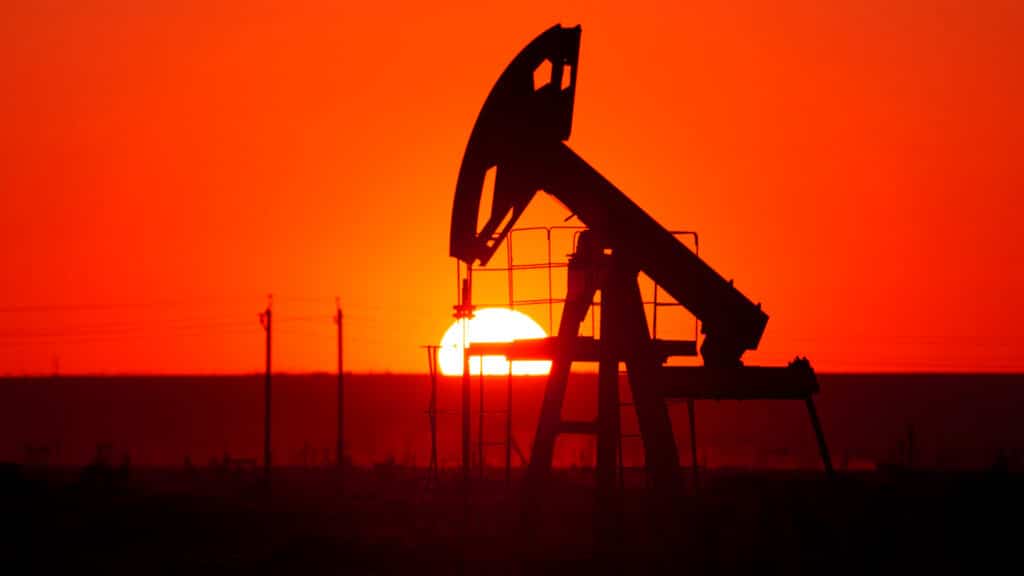Falling oil prices to hit Kazakhstan, but investments will help, experts say

According to the Eurasian Development Bank (EDB), the decline in oil prices — sparked by rising global economic tensions — will negatively affect Kazakhstan’s economy. By contrast, countries such as Armenia, Tajikistan, Kyrgyzstan and Uzbekistan could benefit from trade wars due to rising prices for non-ferrous and precious metals.
The EDB currently forecasts that the average price of Brent crude will reach $67 per barrel this year, then fall to $63 over the next two years, as reported by Kommersant.ru. This decline will negatively impact the economies of Kazakhstan and Russia, the region’s key energy exporters. In 2025, the export price of Russian oil is projected at $56 per barrel.
Nevertheless, EDB experts believe the impact of falling oil prices and other external shocks will be mitigated by large-scale support measures for investment projects in Kazakhstan. In February 2025, the government announced the launch of two guarantee funds: one for small and medium-sized businesses (SMBs) based on the Damu Fund, and the other for large companies via the Baiterek holding. As a result, Damu will support at least 30,000 SMB projects this year, totaling $3.2 billion. Baiterek’s financing volume is expected to reach $7.1 billion.
While EDB analysts expect a reduction in foreign capital inflow to the region amid ongoing uncertainty, they believe Kazakhstan’s focus on activating domestic investment potential is a justified and solid strategy. As a result, they forecast Kazakhstan’s economic growth to reach 5.5% in 2025 — a pace they believe will continue over the next two years.
More broadly, trade wars — particularly those ignited by the U.S. — will have a limited and indirect impact on the Eurasian Economic Union (EEU), mainly through fluctuations in global commodity prices.
For other EEU member states, the EDB projects the following growth rates for 2025:
- Armenia: 5.5% (following 5.9% in 2024), driven by public incentives
- Kyrgyzstan: 10.3%, fueled by expanding household consumption
- Tajikistan: 8.4% (same as 2024), also supported by household demand
- Uzbekistan: 6.5%, due to steadily rising household incomes
- Russia: 2% (down from 4.3% in 2024), reflecting a cooling economy.

